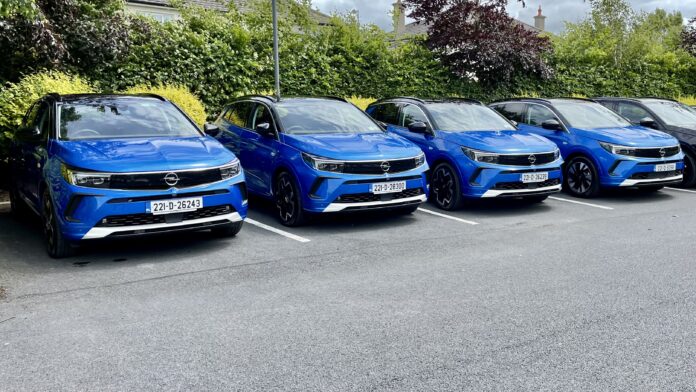09/07/2022 Opel’s mid-sized SUV gets a makeover that modernises its look to keep it in the game. The Grandland five seater sits in the highly competitive C-SUV segment. Its up against household names like Tucson, Qashqai, 3008, Sportage and Tiguan to name just a few – so can it make a case for itself? We’ve been testing the new Opel Grandland, the Grandland X name is no more, to find out.
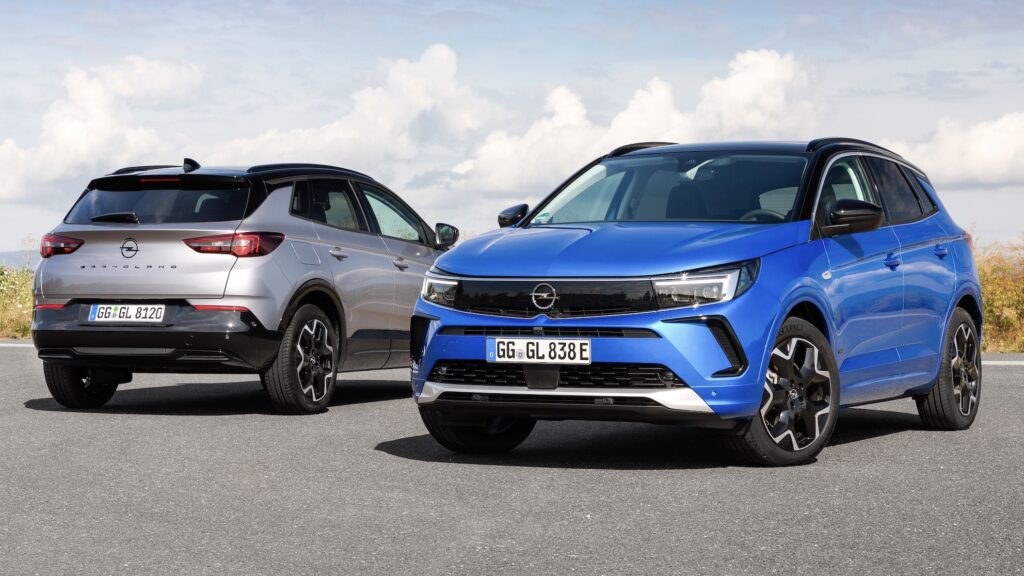
It is a good looking car with the exact same dimensions last the Grandland X (2017) but thanks to its all-new new front end really stands out on the road. Opel’s new ‘Vizor’ brand face that incorporates its famous ‘Blitz’ badge sees the car truly complement the Mokka and Crossland’s to give Opel Ireland a nice, fresh range of SUVs in all sizes. When Grandland is viewed head-on it looks quite premium. A two tone roof adds even more sophistication to what is a tried and trusty blocky SUV body form. The 4.47 metre long car’s boot holds a modest 390 litres but it can expand greatly with the rear seats folded down. The Grandland’s next generation, slim and architectural looking lights work as well as they look. They feature full LED pixel matrix AFL headlamps with high beam assist. The Grandland is made for Europe and features a proven platform that underpins quite a few Stellantis Group models.
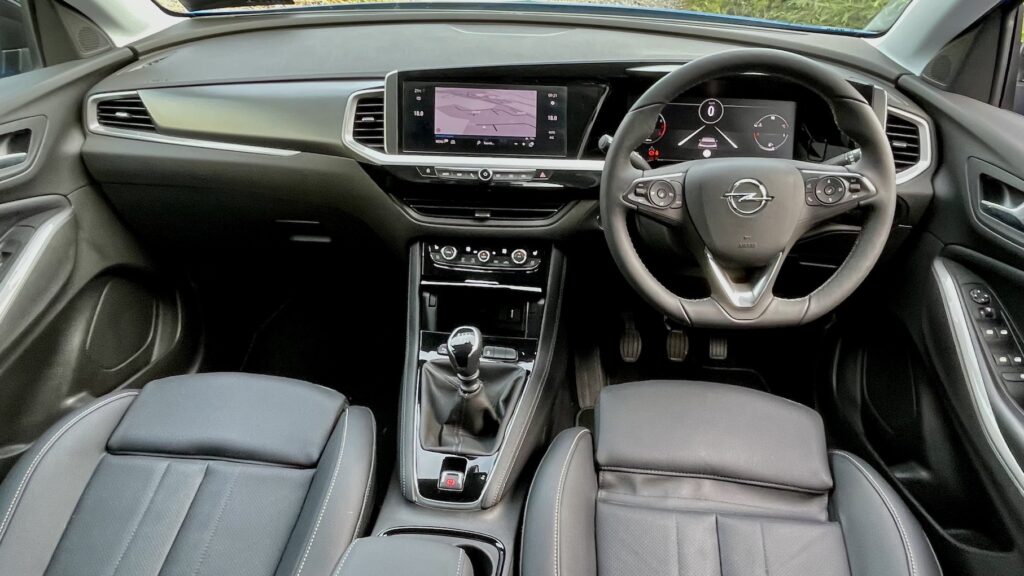
The cabin features a new dash with a new widescreen housing (pure panel) that houses the driver’s 12-inch digital display and a 10-inch centre screen display. Below the centre touch screen are some buttons and a nice volume/audio power dial. Further below and just under an air vent are the climate/heating controls. There you find well positioned buttons and dials including our heated and cooled front seat buttons (Elite). Below those controls is a panel that when coped open reveals a cubby and USB socket (large hands will find it tricky to plug in to). There are USBs front and rear and wireless phone charging up front. As with all Opels there is a lot of switchgear familiar in other models e.g the steering wheel is a nice familiar friend with good thumb-operated controls. The cabin is spacious with seating for five. All round visibility is good. Finding the perfect driving position took me a while and I put this down to our test car having a manual gearbox. For a quiet life an automatic gearbox is the way to go.
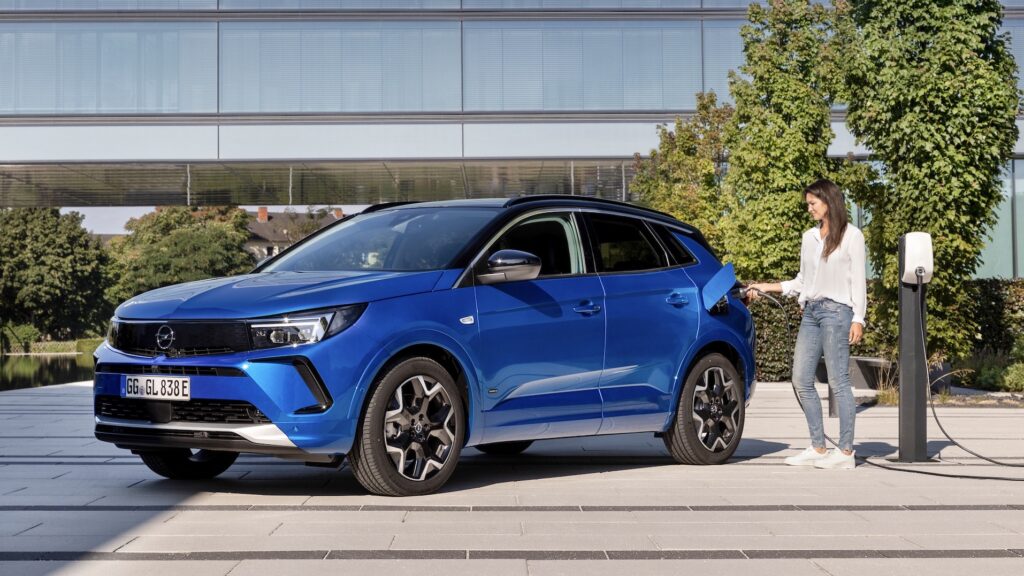
Our six-speed ‘Elite’ manual test car is powered by a 1.2 litre turbocharged petrol engine that pushes out a reasonable 130hp and 230nm of torque. The car’s performance is best described as adequate rather than thrilling. The suspension is firm-ish and this is a key marker to help differentiate it from its close sibling the ever so slightly taller (+15mm) narrower Peugeot 3008 (-15mm at 1841mm). The Grandland shares quite a few bits and pieces with its fellow Stellantis stablemate – after all they were designed hand in hand initially. Its 1.2’s CO2 emissions are relatively high at 143g per kilometre so it falls in to band C1 for annual motor tax (€270). Average fuel consumption as you’d expect reflects the emission figure at 6.2L/100km (46mpg). When loaded that figure can rise quite a bit. The 1.2’s consumption is no real surprise considering the substantial size of the car and the work it needs to do to haul it along. Its not normally such a talking point but with the world as it is right now all motorists are all super aware of their transport costs and fuel prices in particular. Once any SUVs reaches this category/size (C-SUV) the argument for buying the diesel version returns particularly for higher mileage/rural users. A 1.5 litre Grandland with the same 130hp output but 300nm of torque is available. New diesels produce lower emissions than petrol engines in general and also deliver greater driving range with lower fuel consumption. A PHEV hybrid is coming to Ireland too. By 2028 all new Opel passenger cars will be electric only.
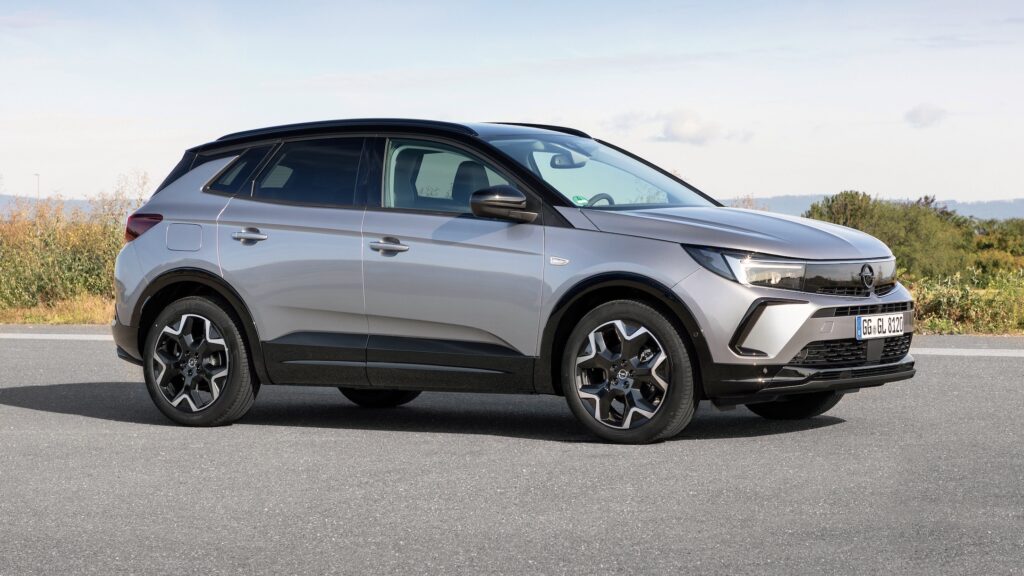
As with all Opels there are three grades SC, SRi and Elite. Our top spec Grandland 1.2 starts at €41,995. We also had a neat option fitted to our car – Night Vision (€1500) that we know from Opel’s sister brand Peugeot. It aids safety when driving at night by using an infrared camera (temperature detection) under the grille badge that detects people and animals up to 100 metres ahead in the direction of travel. As soon as the camera detects the pedestrian, cyclist or animal at the side of the road, it shows their position in the driver’s display. The Grandland gets a host of kit including standard safety equipment like: ESP (electronic stability programme), EBD (electronic brake force distribution), AEB (active emergency braking), cruise control with speed limiter, active lane keep assist, enhanced traffic sign recognition, blind spot alert and hill start assist. Dual zone climate control is fitted. The ‘Winter’ pack adds front and rear heated seats, heated steering wheel and windshield.
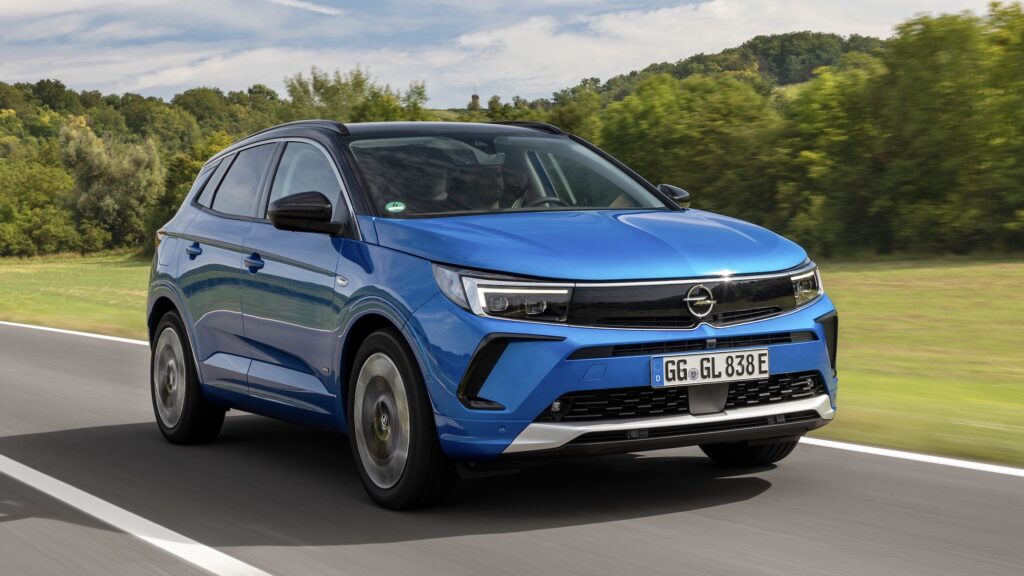
The new Grandland is a good car without any particular vices. The 1.2 petrol engine is utterly forgettable and the diesel version is the most useful. For enjoyment the hybrids (there are two) will be more entertaining. Michael Sheridan


